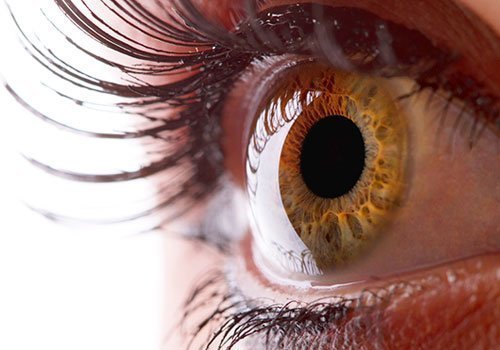
Breaking News
 LIVE ELECTION RESULTS: New York mayor, NJ & VA governor, Prop 50, Trump endorsements, latest vote
LIVE ELECTION RESULTS: New York mayor, NJ & VA governor, Prop 50, Trump endorsements, latest vote
 Sen. Markwayne Mullin Reveals Schumer Held Secret BACKROOM MEETING...
Sen. Markwayne Mullin Reveals Schumer Held Secret BACKROOM MEETING...
 RIP NYC - Muslim Communist Zohran Mamdani Wins New York City Mayoral Race
RIP NYC - Muslim Communist Zohran Mamdani Wins New York City Mayoral Race
 Dramatic Footage Shows UPS Cargo Jet Crashing At Louisville Airport
Dramatic Footage Shows UPS Cargo Jet Crashing At Louisville Airport
Top Tech News
 Japan just injected artificial blood into a human. No blood type needed. No refrigeration.
Japan just injected artificial blood into a human. No blood type needed. No refrigeration.
 The 6 Best LLM Tools To Run Models Locally
The 6 Best LLM Tools To Run Models Locally
 Testing My First Sodium-Ion Solar Battery
Testing My First Sodium-Ion Solar Battery
 A man once paralyzed from the waist down now stands on his own, not with machines or wires,...
A man once paralyzed from the waist down now stands on his own, not with machines or wires,...
 Review: Thumb-sized thermal camera turns your phone into a smart tool
Review: Thumb-sized thermal camera turns your phone into a smart tool
 Army To Bring Nuclear Microreactors To Its Bases By 2028
Army To Bring Nuclear Microreactors To Its Bases By 2028
 Nissan Says It's On Track For Solid-State Batteries That Double EV Range By 2028
Nissan Says It's On Track For Solid-State Batteries That Double EV Range By 2028
 Carbon based computers that run on iron
Carbon based computers that run on iron
 Russia flies strategic cruise missile propelled by a nuclear engine
Russia flies strategic cruise missile propelled by a nuclear engine
 100% Free AC & Heat from SOLAR! Airspool Mini Split AC from Santan Solar | Unboxing & Install
100% Free AC & Heat from SOLAR! Airspool Mini Split AC from Santan Solar | Unboxing & Install
Bio-compatible Glue For Repairing Corneas – A Sight for Sore Eyes

An assistant professor of bioengineering at the University of California-Riverside has developed an adhesive that rapidly integrates corneal cells to speed healing and reduce the chances of secondary infection.
The breakthrough by Iman Noshadi also reduces complications that increase the risk, cost, and healing time of eye injuries and corneal transplants.
Of the 2.4 million eye injuries annually in the United States, 600,000 are open globe corneal tears, leading to blindness in some cases. There are also around 40,000 corneal grafting procedures performed each year.
The current standards of care for corneal repair are sutures and cyanoacrylate glue, both of which are associated with complications and costs, during and after the procedure.
Sutures, used for larger tears and grafting, can cause astigmatism, vascularization, and infections. Cyanoacrylate glue, which is not FDA approved, can be used only for tiny perforations, has low biocompatibility, cytotoxicity, opacity, and causes infections and cataract – all needing additional care and cost.
"There is no FDA-approved material platform to replace the present techniques for corneal repair effectively," said Noshadi. "Our technology addresses all these issues, resulting in reduced operative and post-operative costs."
The UC Riverside product should solve these secondary problems with its biocompatibility, high adhesion, flexibility, and high strength. It will not accidentally loosen or fall off and its antimicrobial properties will help prevent infections. Because the adhesive is transparent, it will help restore vision more quickly, as well.



